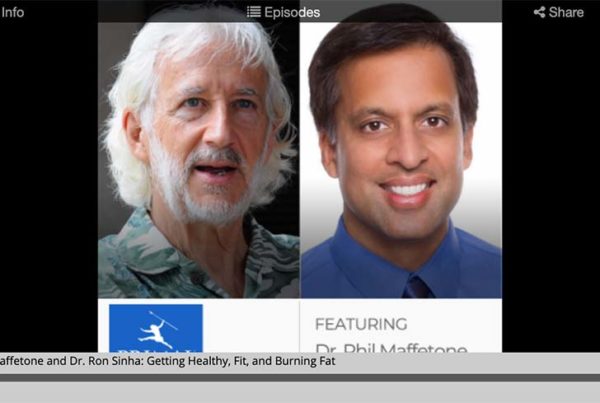
The top five nuts and seeds to eat for better health
Are you nuts about your health? If so you may want to add more of these nutrient-dense foods, as well as some seeds, to your diet.
Regularly eating nuts and seeds has been linked to reduced incidence of just about every major health problem, including cardiovascular disease, cancer, diabetes and many others. One study linked a daily handful of nuts to a reduced risk of dying from any cause over a 30-year period. Research shows people who regularly eat nuts typically weigh less than those who don’t. And it does not necessarily mean eating large amounts to get benefits — small amounts regularly can improve your nutritional status.
In choosing the top nuts and seeds, certain healthy criteria were first considered.
Healthy nut and seed choices are typically low on the glycemic index, contain significant amounts of healthy fat, protein and fiber, and are relative low in carbohydrate. They can also be significant sources of vitamins and minerals.
The best nuts and seeds to eat are fresh, raw and organic, and those with the best fat profiles. They should always be chewed well, or ground before using in recipes, to help digestion and allow for better absorption of the nutrients.
Nuts and seeds, like all foods, contain different ratios of certain fats. Those with higher levels of monounsaturated and lower levels of polyunsaturated fats are the most health-promoting. Roasting or otherwise cooking nuts and seeds, or leaving them unrefrigerated for long periods, can cause unhealthy oxidation of the polyunsaturated portion. This is evident if the taste is rancid or unnaturally bitter.
In fact, many nuts and seeds contain high levels of polyunsaturated fats, which is why these are not on the top-5 list and should be consumed more sparingly. Some examples are the popular chia and traditional peanut (actually a legume), which are also very low in nutrients.
Especially avoid any polyunsaturated oils extracted from nuts and seeds as they become particularly unstable when out of the shell or processed and require constant refrigeration.
Nuts and seeds can be used to make delicious spreadable nut and seed butters, and can also be used in various healthy recipes, including smoothies, breads, pancakes/waffles and desserts. As mentioned, cooking these foods can be harmful, so it’s best to use those with lower polyunsaturated ratios, like almonds, cashews and macadamias — for recipes. Ground seeds are best used in recipes that will be consumed soon.
Based on these criteria, here are the five best nuts and seeds to consume regularly for better health:
- Almonds— Hands-down tops in NUT-ritional sweepstakes. They are highest in monounsaturated fat, and low in polyunsaturated fat. They are good sources of protein and fiber, B2 and vitamin E, and the minerals magnesium and manganese.
- Cashews— Though they don’t have quite the stellar fat ratios of almonds, tasty cashews also are relatively high in monounsaturated fat, and are a good source of protein. Cashews are not particularly high in vitamins and minerals though they are a significant source of vitamin K. Avoid eating too many if you are carbohydrate intolerant as they have more carbs than almonds.
- Macadamia — Indigenous to Australia, with many grown in Hawaii, macadamia nuts are extremely high in monounsaturated fat and low in polyunsaturated fat. They are a very good source of vitamin B1 and the mineral manganese.
- Sesame — Sesame seeds contain good amounts of protein and fiber. Their fat profile is about half monounsaturated and half polyunsaturated so they should not be cooked; however, buying unhulled seeds ensures fresh unspoiled healthy oils. They contain good amounts of various vitamins and minerals. Sesame seeds also contain the lignan sesamin, which is associated with several health benefits because of its anti-inflammatory effects.
- Flax— Many people view flax as a source of omega-3 fat but the conversion to EPA is not very efficient and therefore flax is not a substitute for fish oil. However, they are a good source of other nutrients, including B1, B6 and folate, as well as the minerals magnesium, copper and manganese. Flax is also rich in lignans and other phytonutrients. Always buy fresh whole flax seeds and consume them raw — soaking them or running them through a blender helps break down the hull to release nutrients. Like sesame, flax will become very unstable when broken or ground, so consume them soon.








